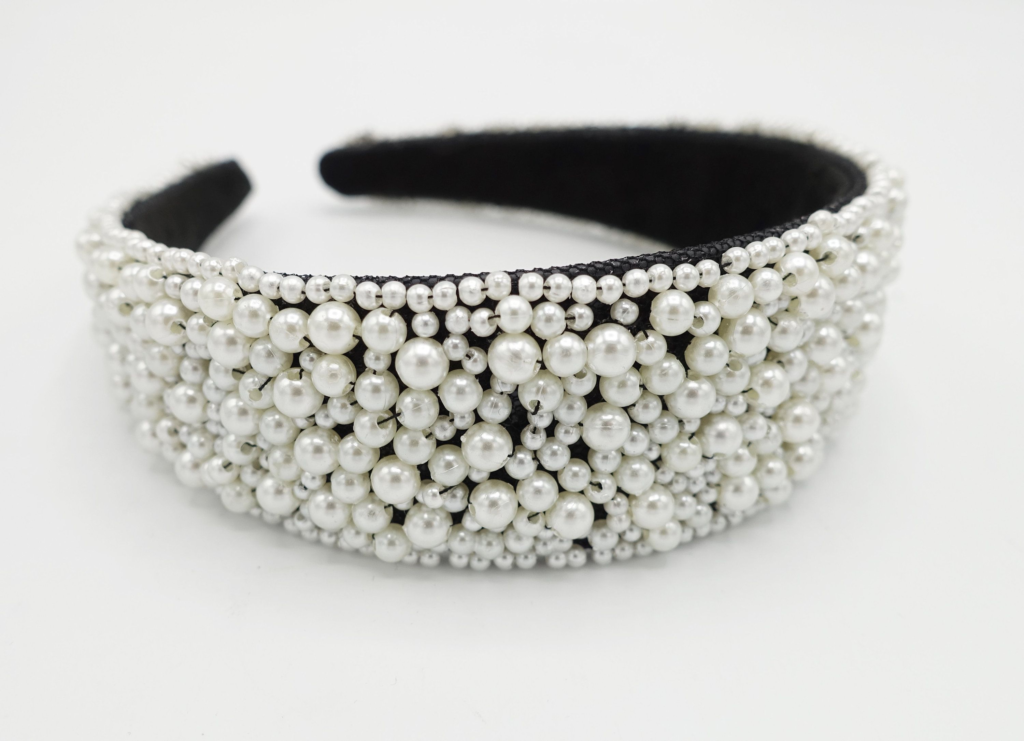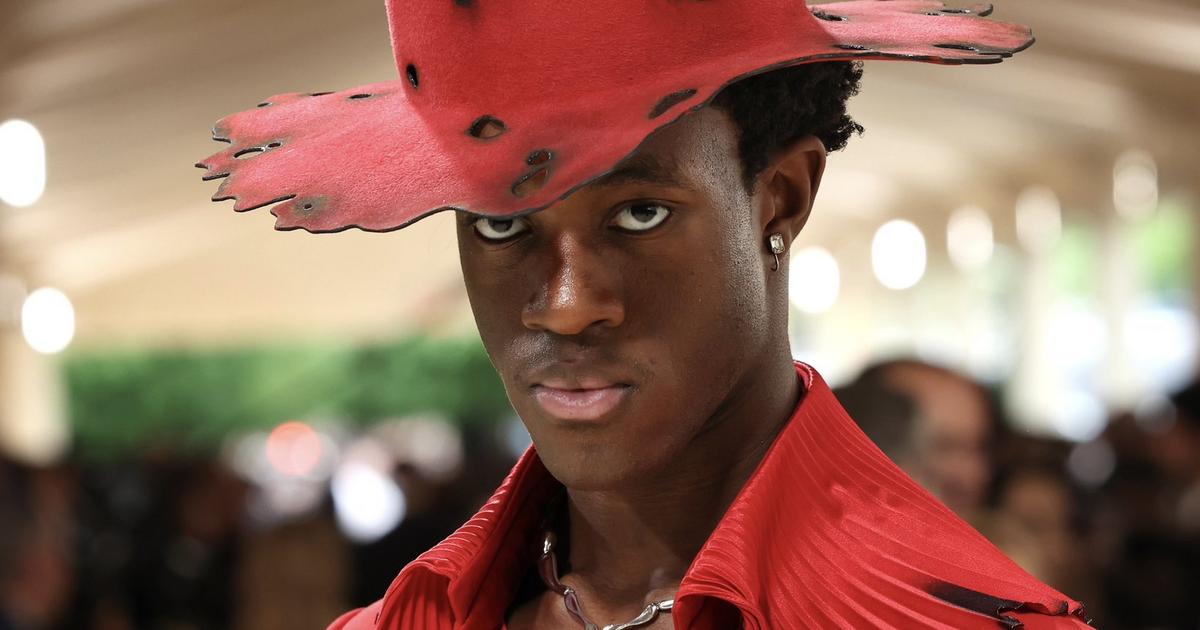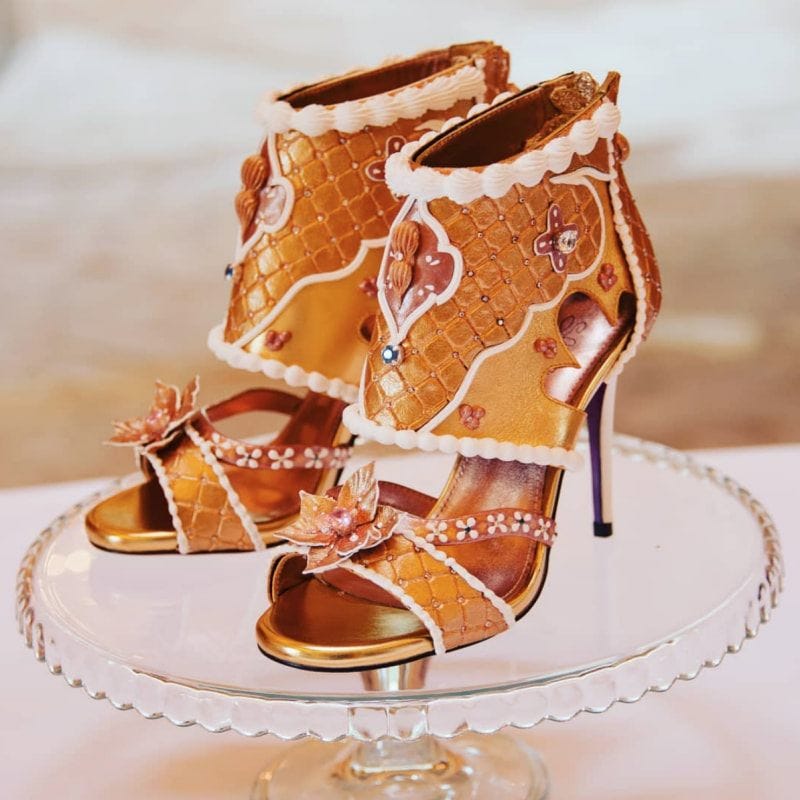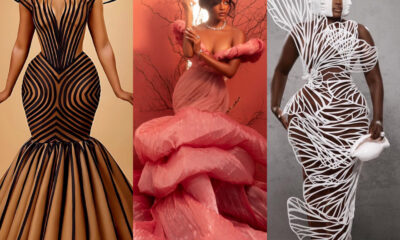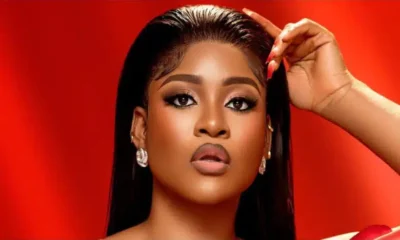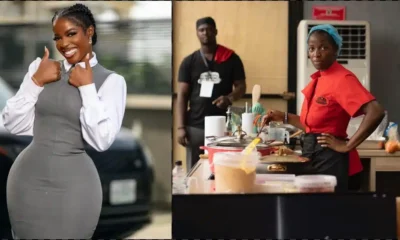The annual African Magic Viewer’s Choice Awards (AMVCA) unfolded her 10th edition on May 11th, 2024, transforming Lagos’ Eko Hotel and Suites into a dazzling spectacle. Nollywood’s A-listers and Africa’s most celebrated talents in film and television converged for a night of recognition and glamour.
The ceremony, broadcast live on DStv and GOtv, not only celebrated artistic achievements but also served as a platform for showcasing exquisite fashion.
The red carpet buzzed with excitement as celebrities arrived, meticulously embodying the “Wearable Art” theme. From breathtaking gowns that resembled flowing paintings to suits tailored with intricate details, the fashion parade was a visual feast.
While some stars are still basking in the afterglow of well-deserved wins or processing the sting of close calls, the night undoubtedly belonged to Beauty Tukura. For the second consecutive year, she stole the show and secured the coveted Best Dressed Award.
Beyond the awards and unforgettable fashion moments, the AMVCAs serve as a significant milestone, recognising and celebrating the exceptional talent within Africa’s film and television industry. The ceremony honours established names and shines a spotlight on rising stars.
This year’s AMVCAs undoubtedly left a lasting impression as a premier event that celebrates African excellence in film and television.
See top fashion from the 10th AMVCA below:




